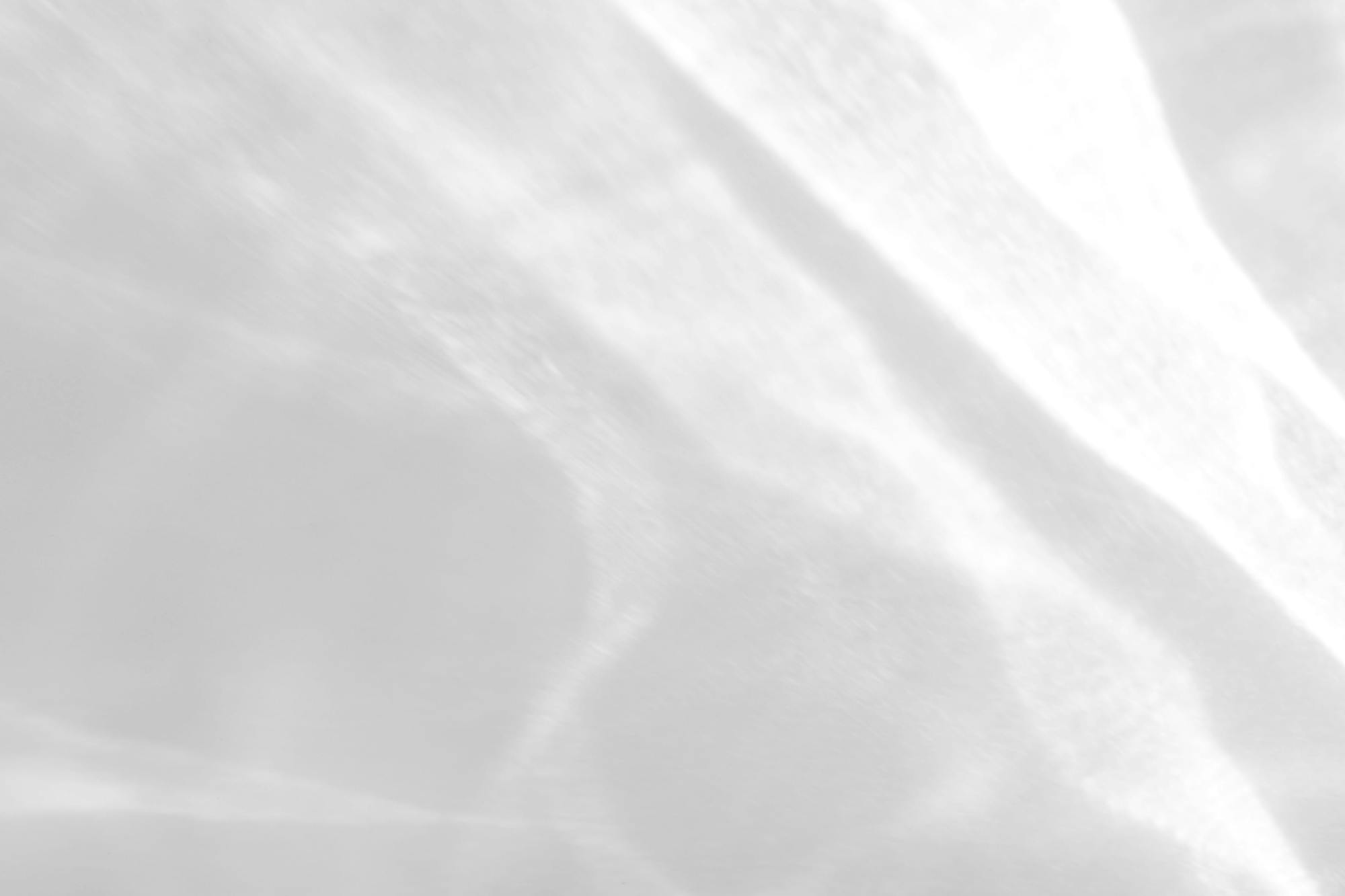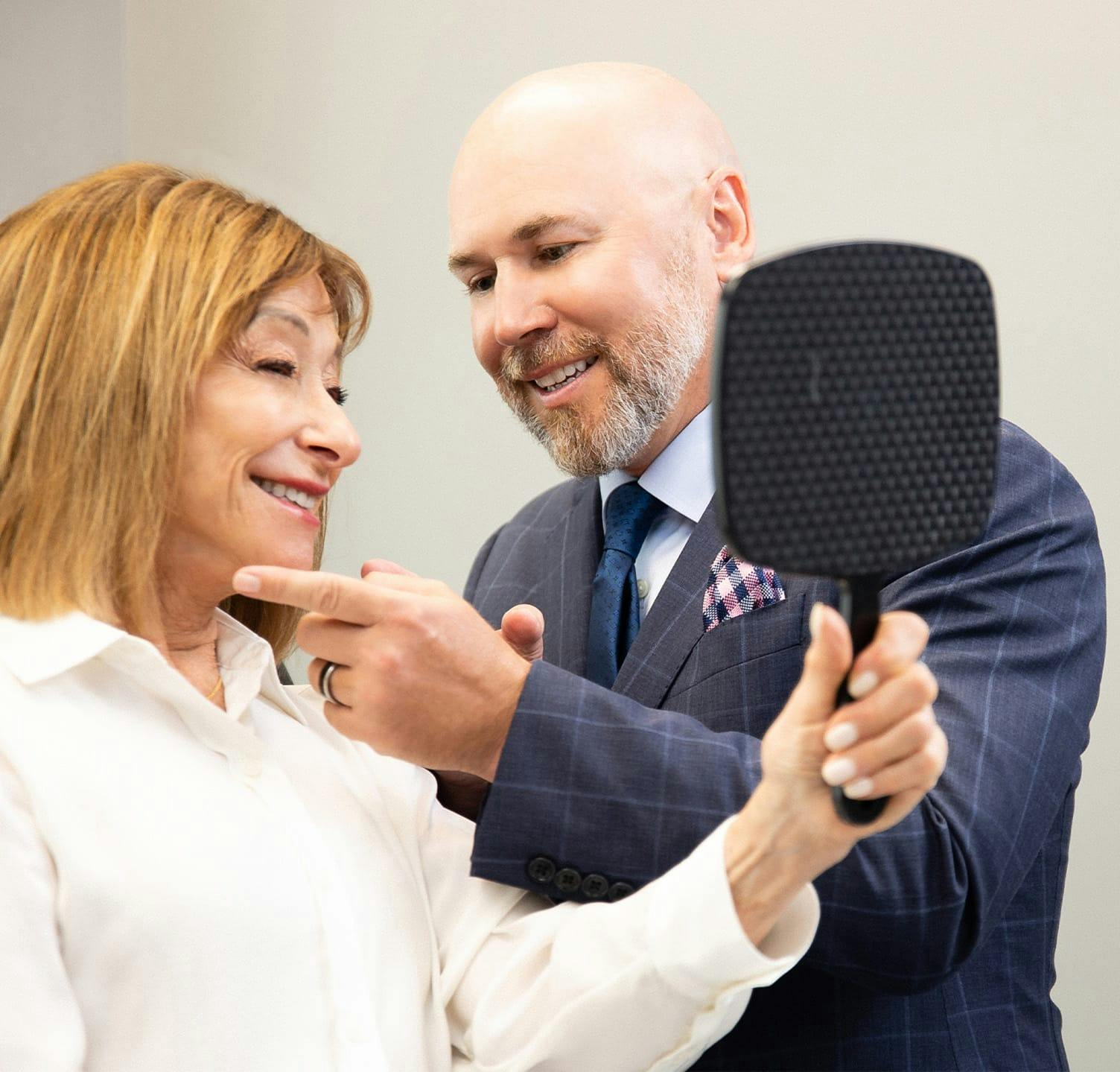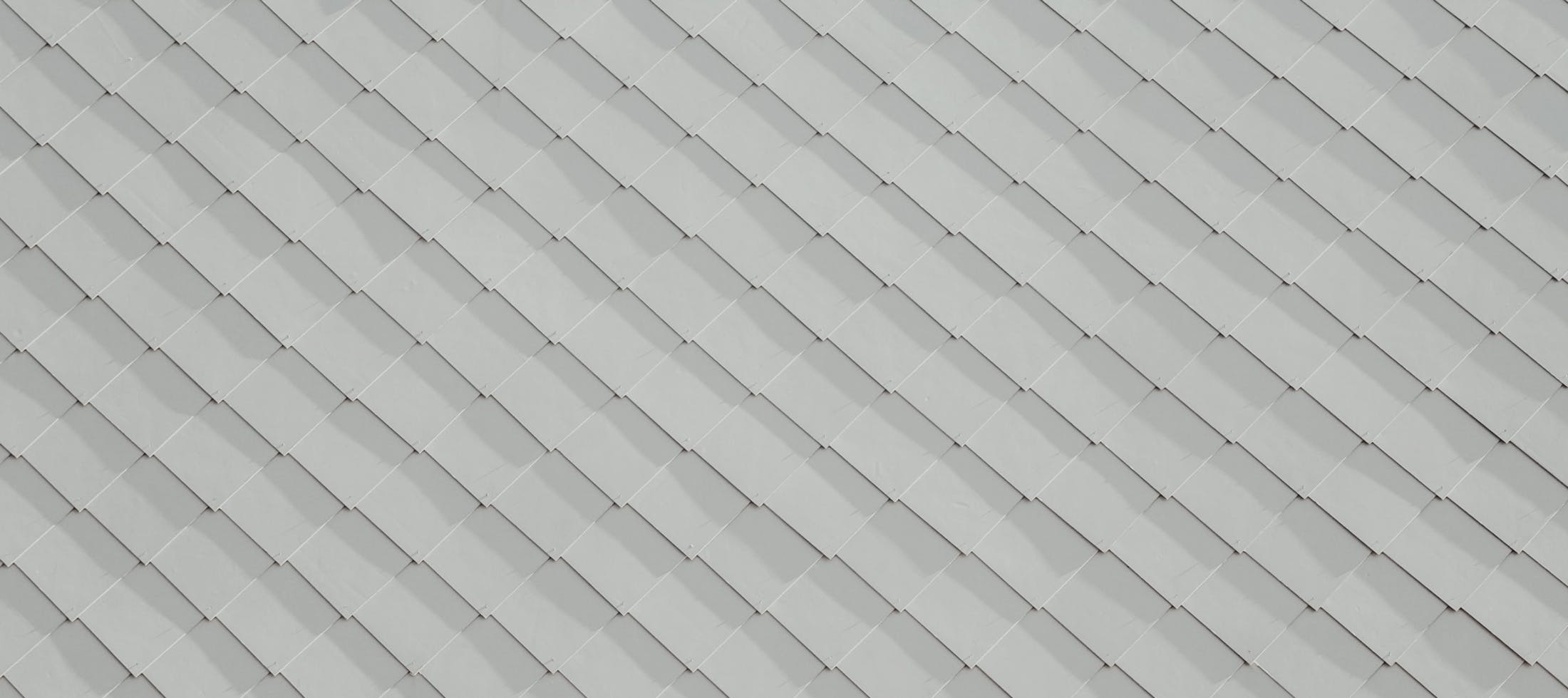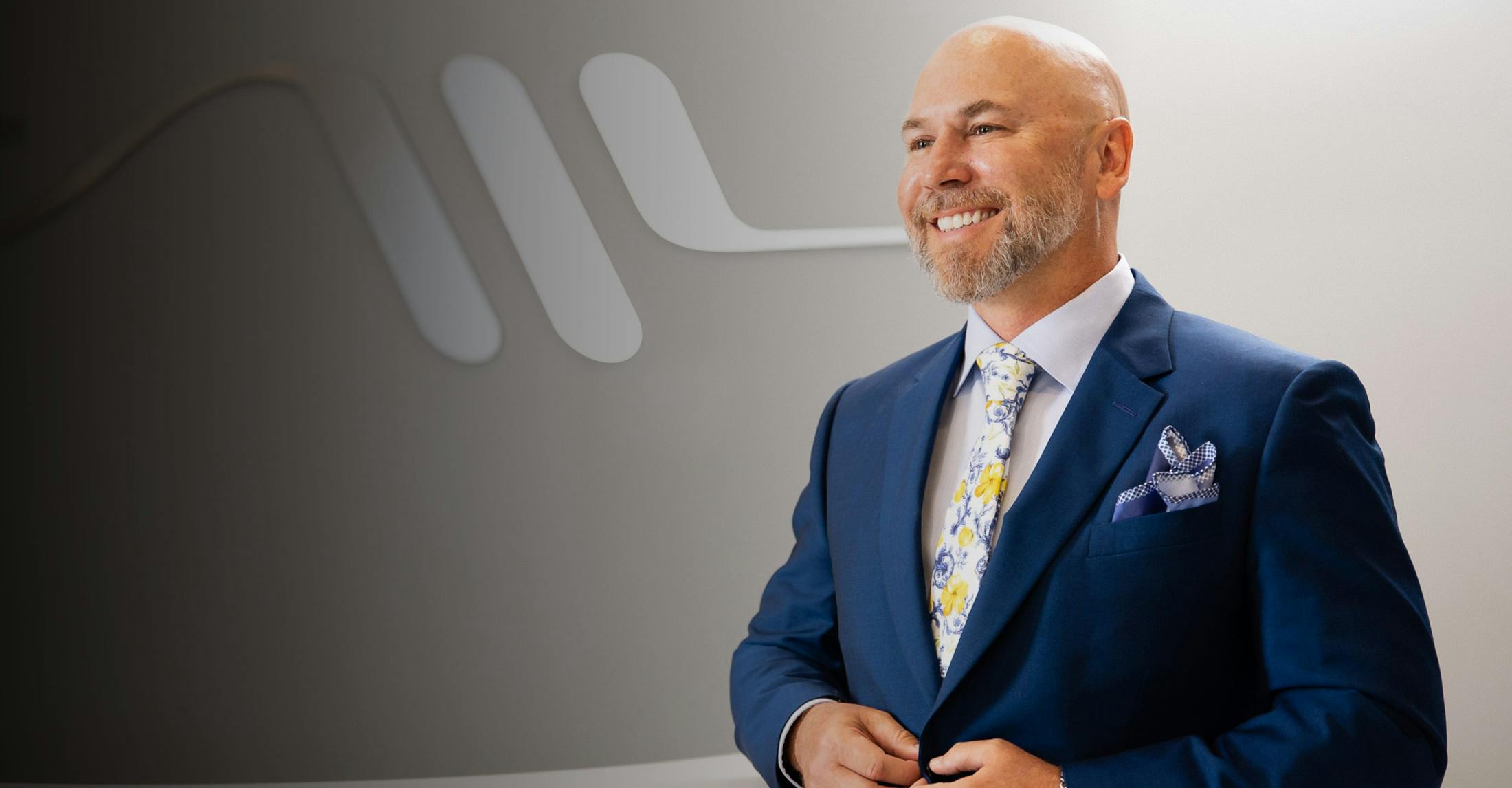Rediscover your youthful radiance with our facelift procedure, expertly tailored to rejuvenate your appearance and boost your confidence.
The Facelift Procedure – What To Expect
Dr. Warner typically administers this procedure under general anesthesia to ensure patient comfort. Facelift surgery usually takes several hours, with a specific duration depending on the extent of modification required. The science behind a facelift involves carefully repositioning and tightening the underlying facial muscles and tissues, removing excess skin, and smoothing out wrinkles, resulting in a more youthful, rejuvenated look. The facelift procedure minimizes pain, and patients can typically return home the same day after a brief observation period. Dr. Warner and our skilled team at The Warner Institute take every measure to ensure the safety and well-being of each patient throughout the surgery, making your facelift experience in Chicago as comfortable and efficient as possible.











